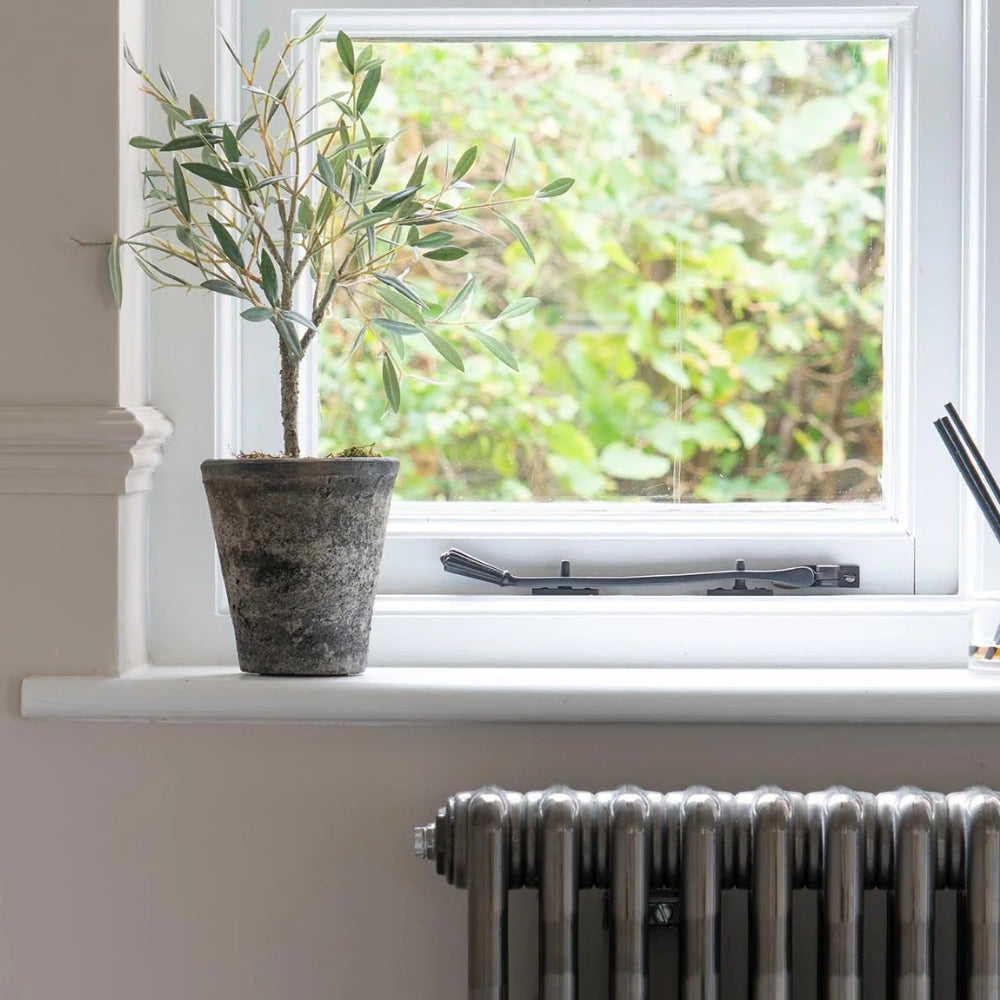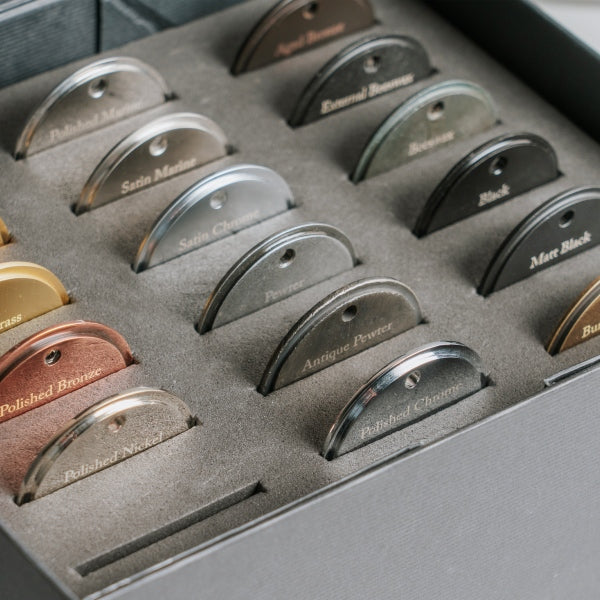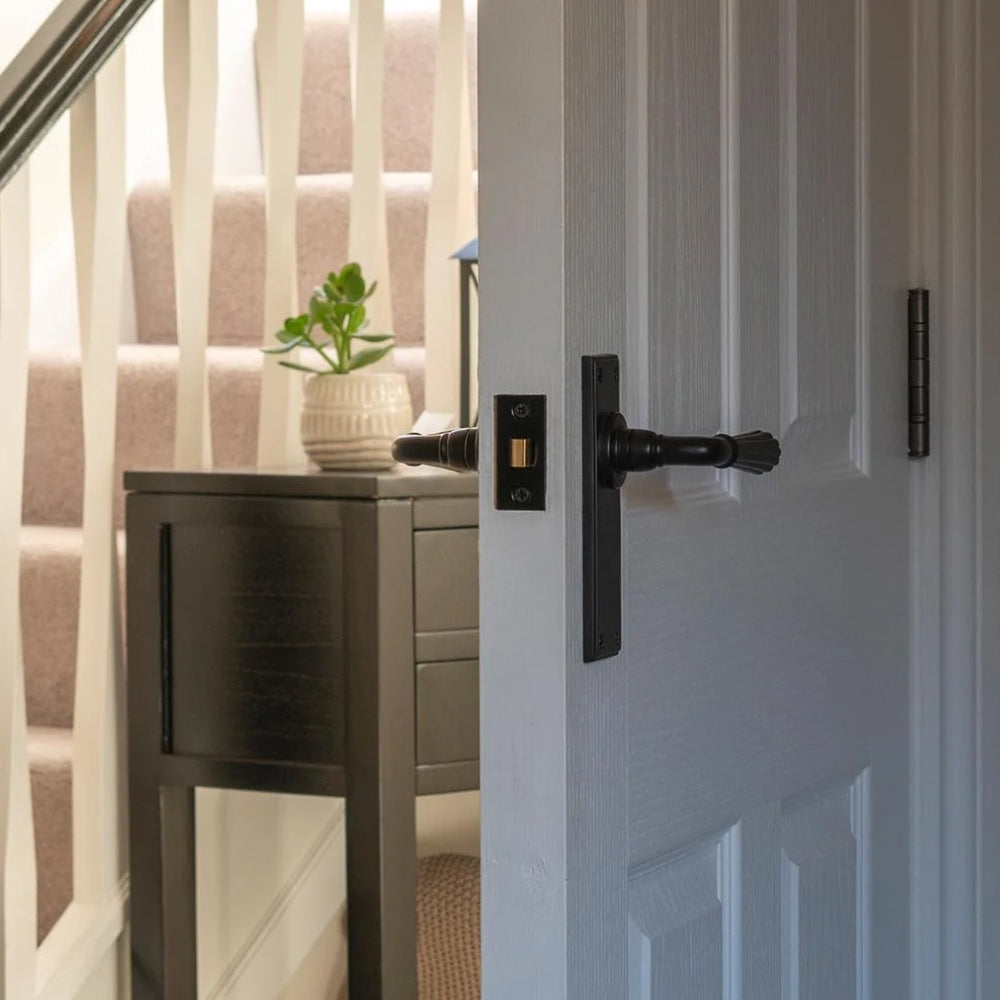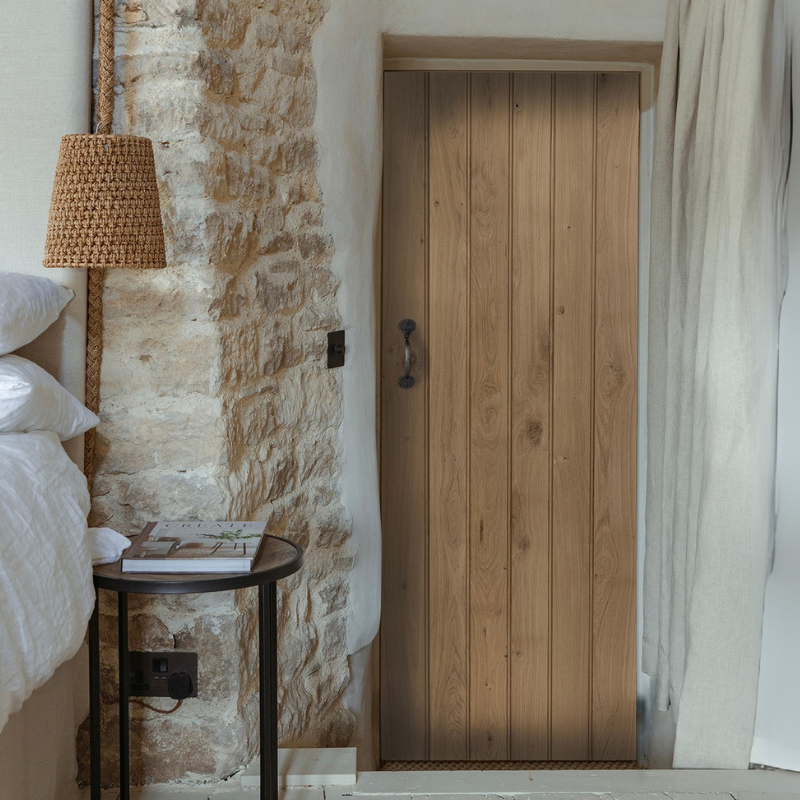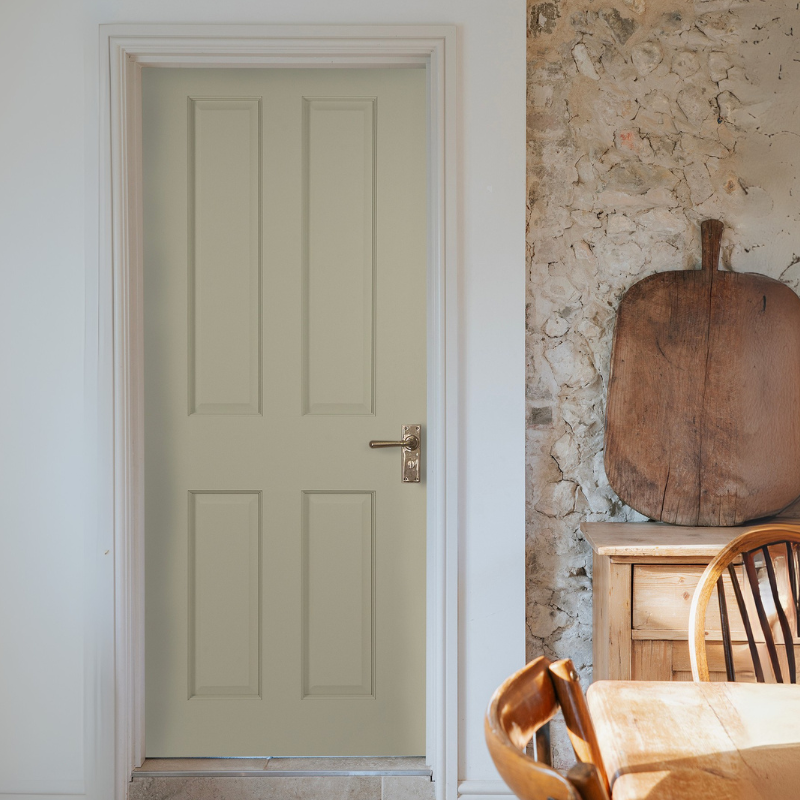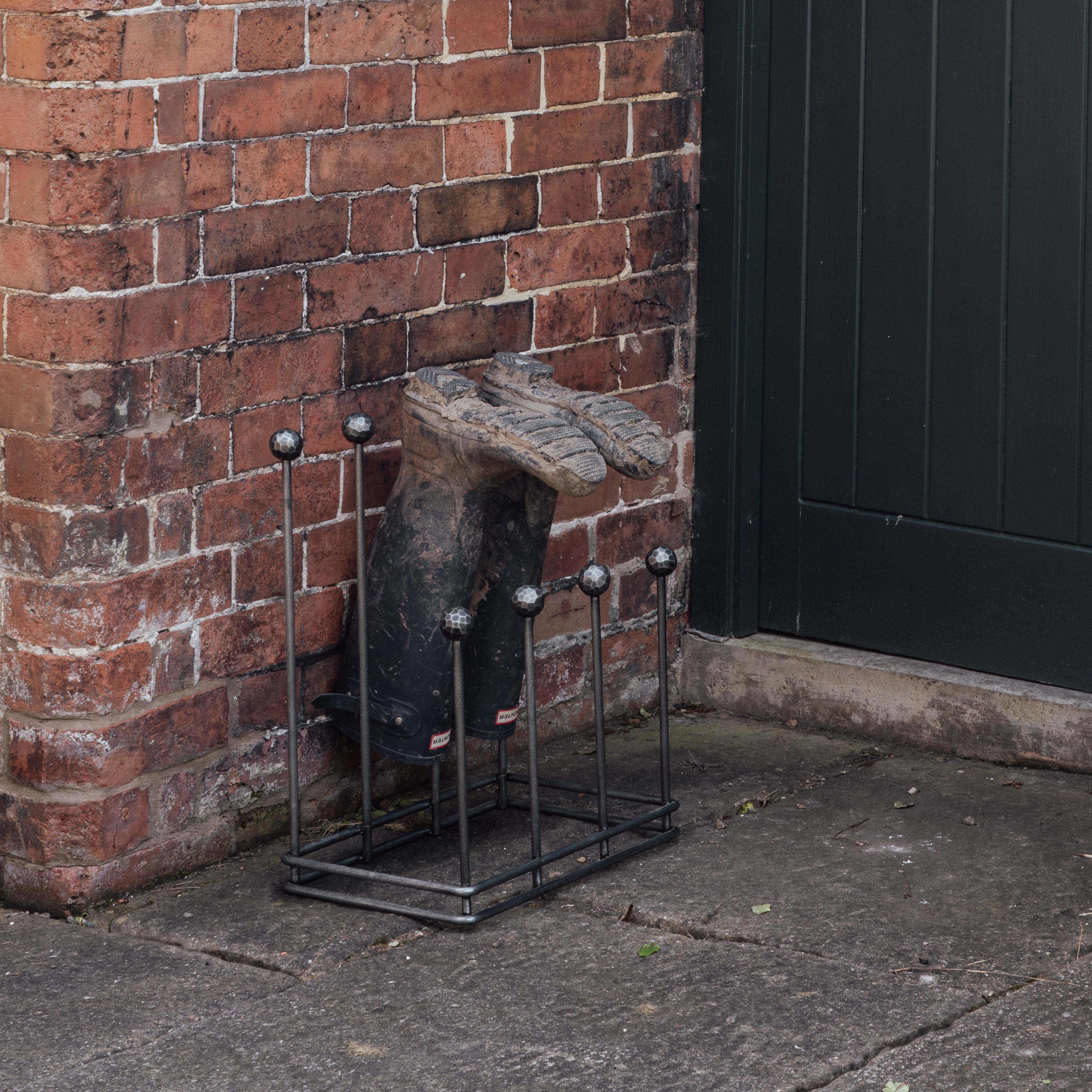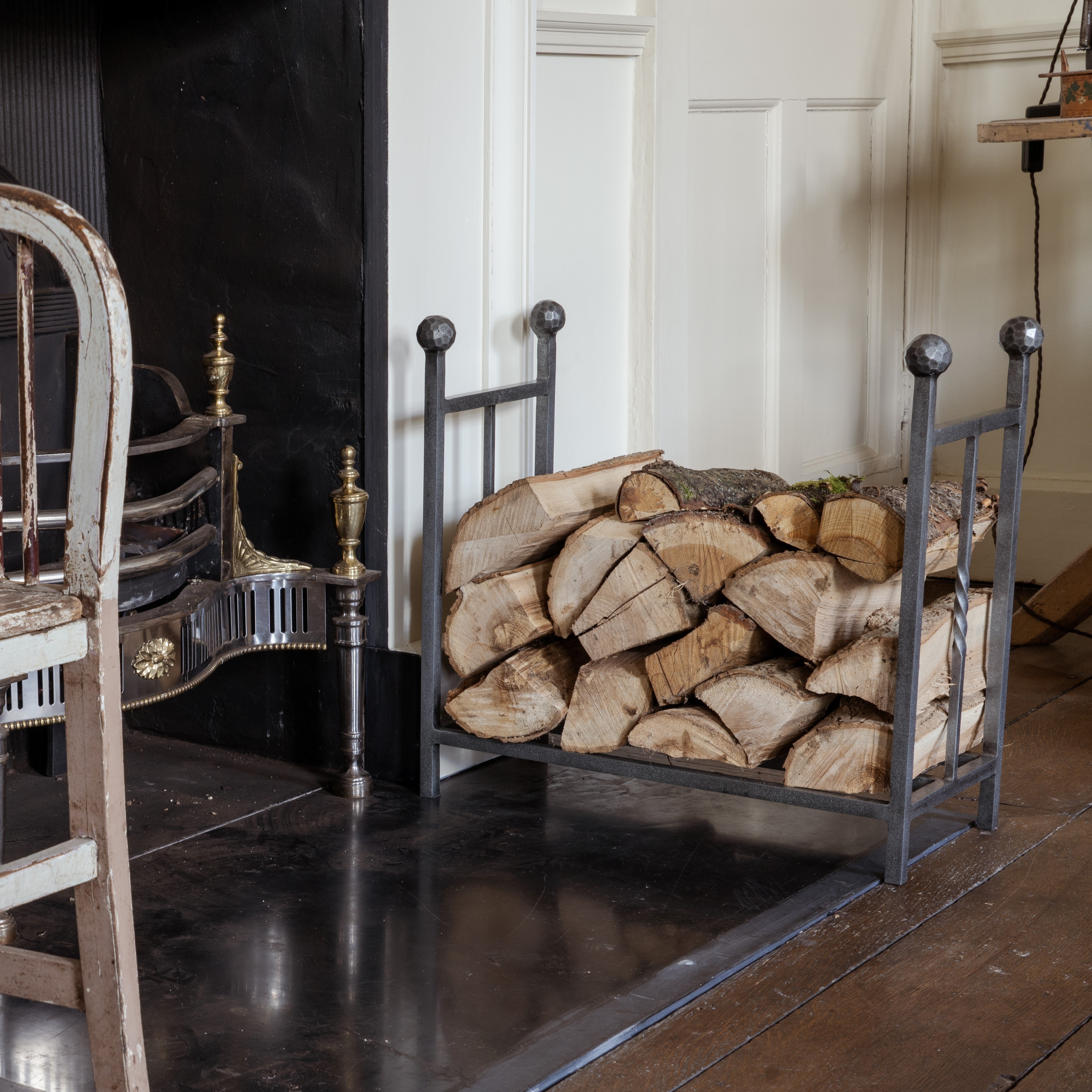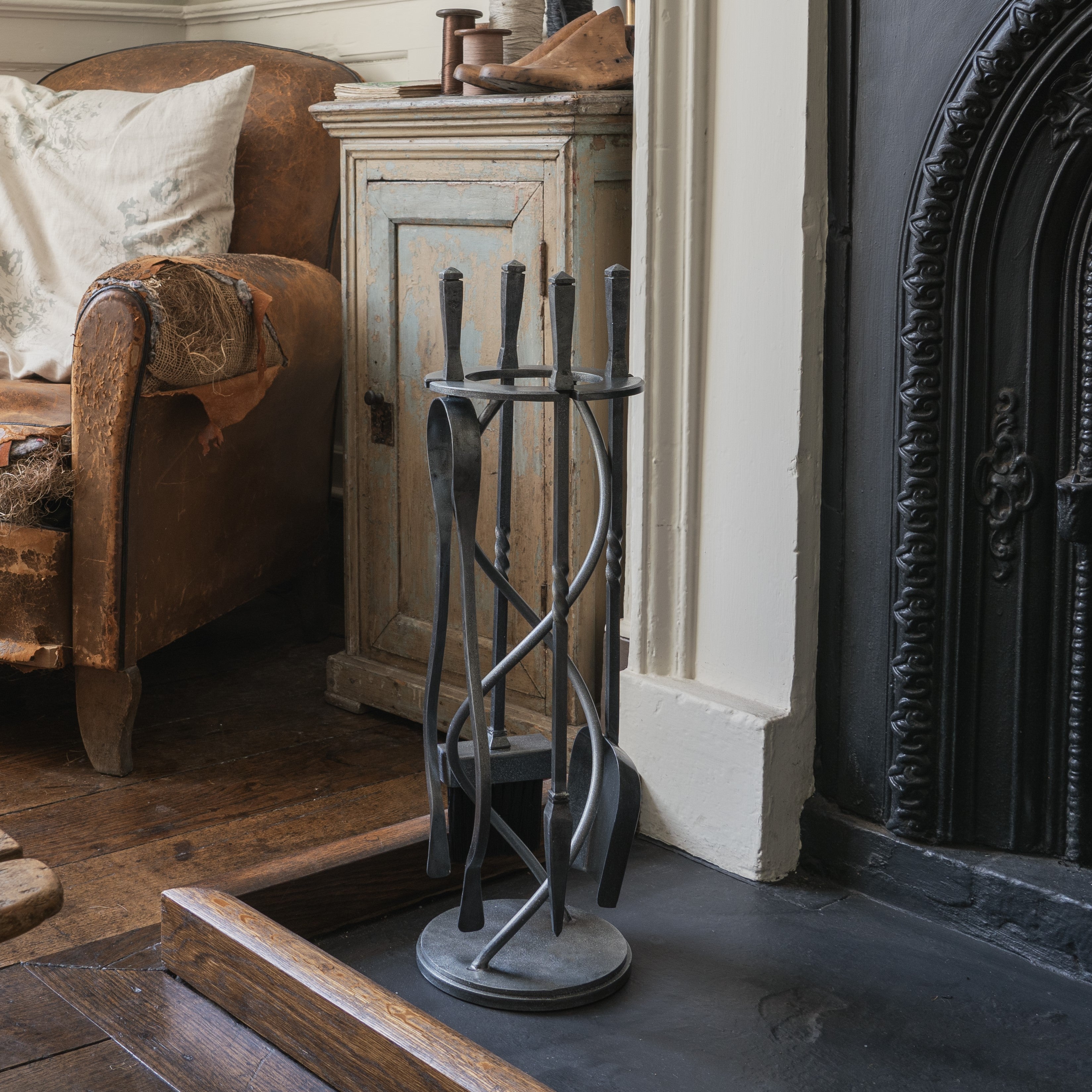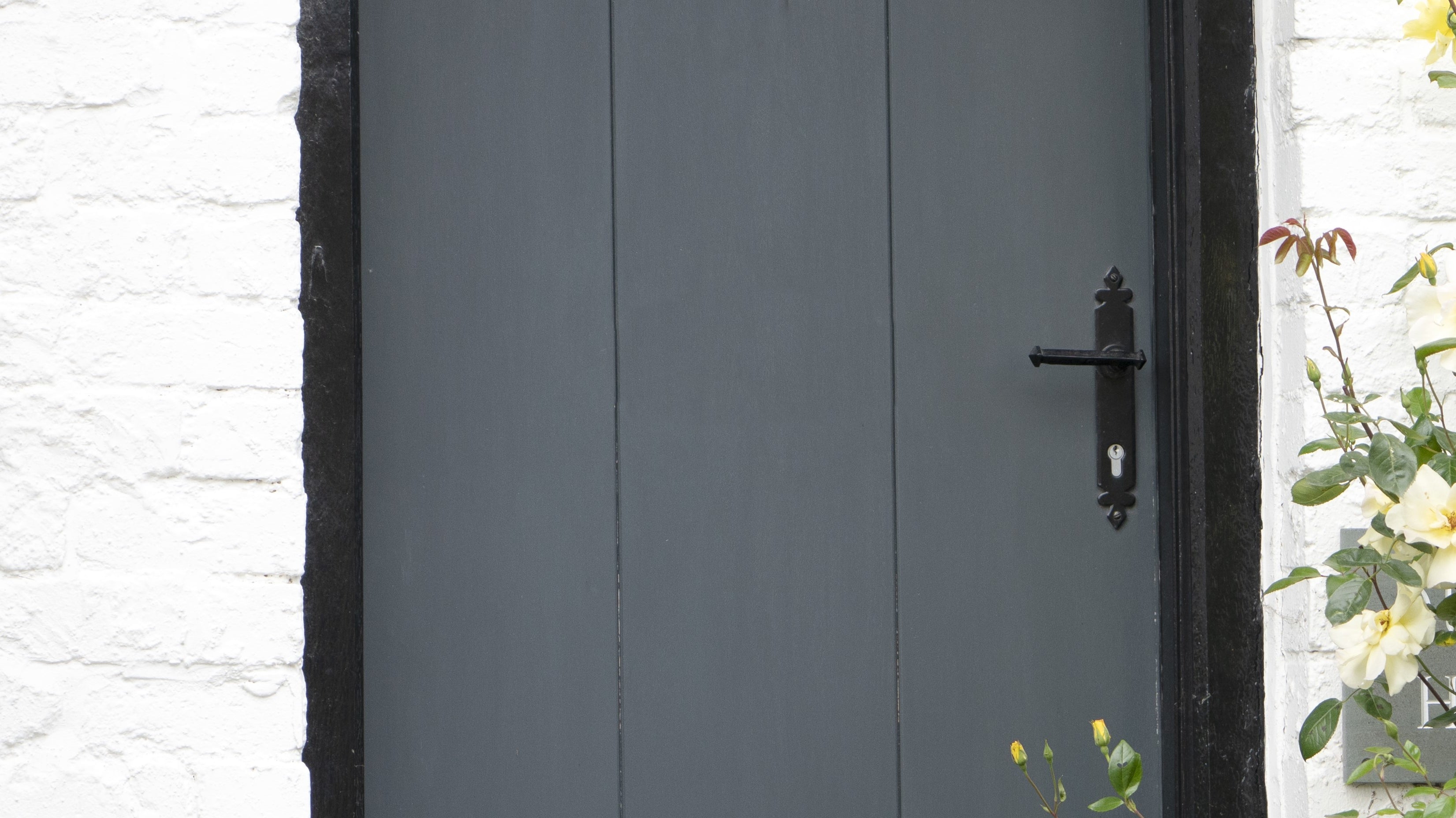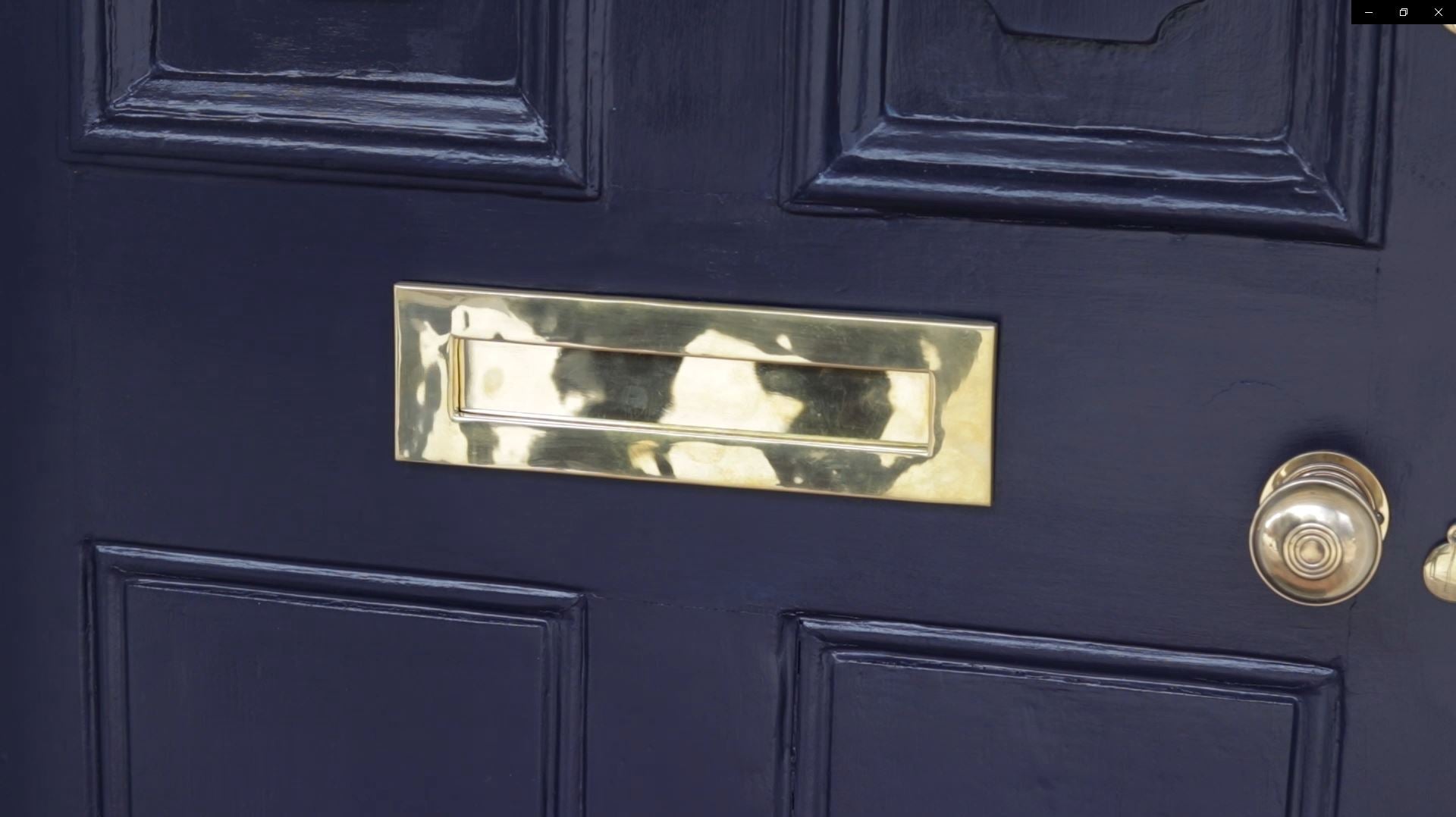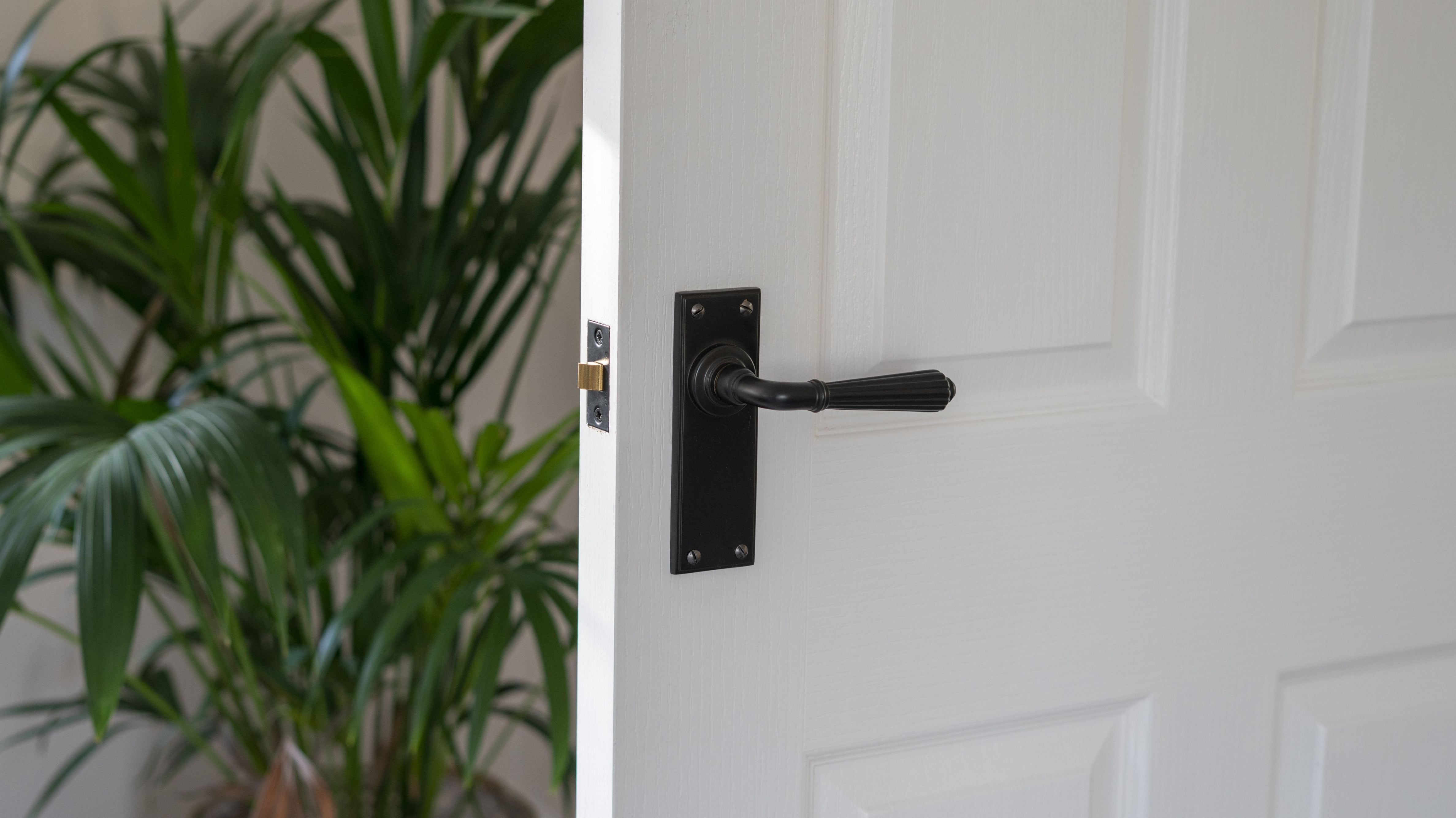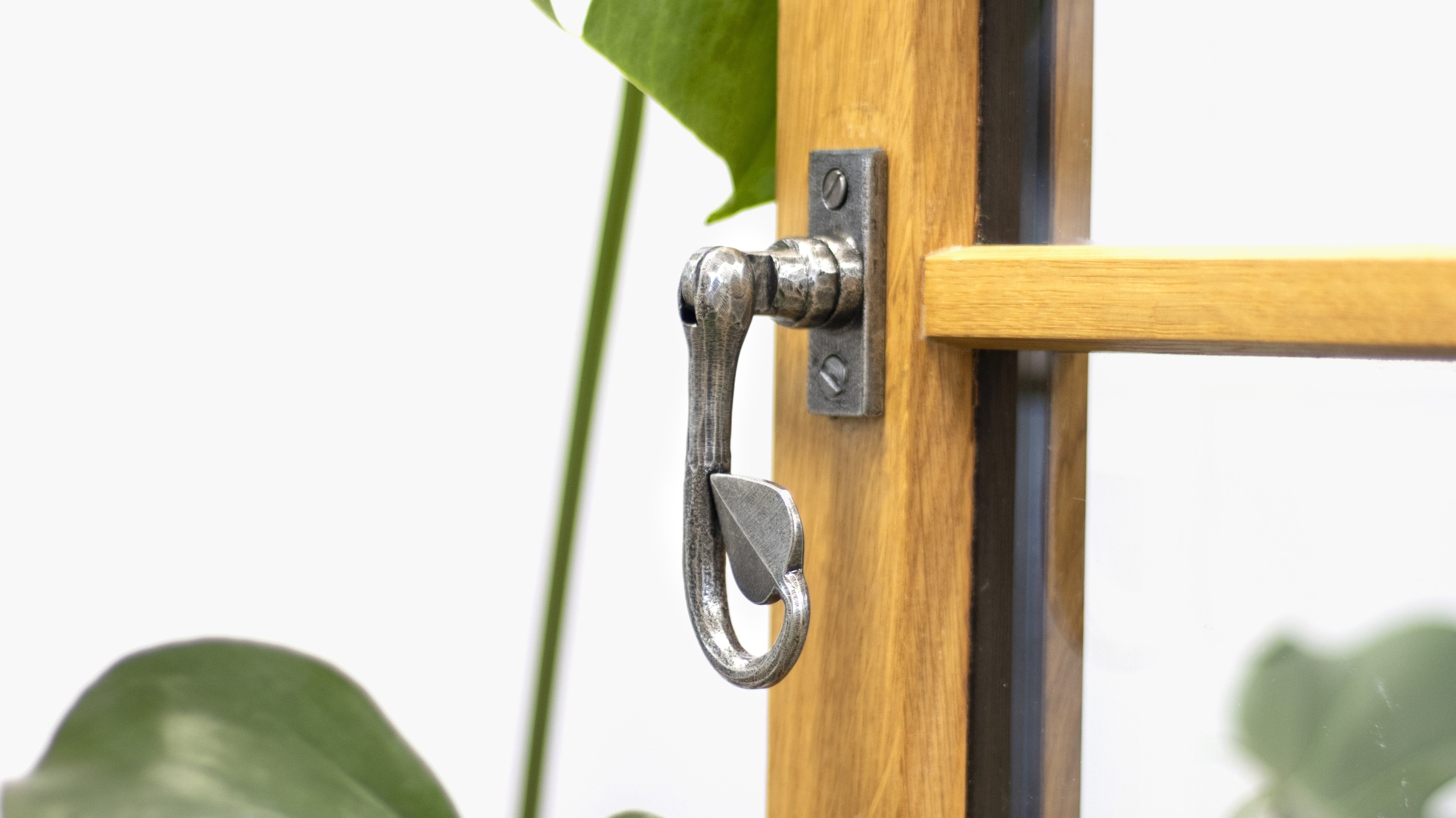Door latches can be a confusing topic. There are so many different types available and it's not always clear how to fit them.
Luckily, we've created this helpful step-by-step guide to help! If you need further assistance, please see our FAQs, or get in touch with a member of our team.
This guide is about fitting mortice latches but the same steps can be used to fit various different types and sizes of latches and locks. If you're unsure whether this guide is suitable for your purpose, contact us for more information.
Contents
Parts of a Tubular Mortice Latch
Tools Required
- Tubular mortice latch
- Fixing screws
- G clamp
- Drill
- Auger bit
- Sharp chisel
- Pencil
- Safety goggles
How to Fit a Mortice Latch
1. Mark the position of your latch
Mark out the position of your latch on the door. This is decided by the height at which you want your door handle/knob to be positioned - this will vary depend on the size, shape, and style of your door, as well as personal preference (if you're taller, you may want your handle positioned slightly higher).
Ensure the latch is central and not too close to the edge.
Hold the latch to the desired position on your door, with the square face plate touching the door. Use a pencil to mark the position of the latch, outlining the perimenter of the square faceplate and drawing crosses in the position of the screw holes.
2. Drill your holes
Using your pencil cross (which should be centred in the outline of the latch faceplate) drill into the door edge using an auger drill bit. The size of the bit depends on the size of the latch casing so make sure it is big enough so that the latch will slide into the door easily. It's worth drilling this now because once you start chiselling, the pencil marks will be removed.
3. Chisel your latch space
Depending on its thickness, it may be worth bracing your door in a G clamp with some scrap wood around it for added security, as the latch faceplate might be very close to the edge of the door.
Start by carefully chiselling around the pencil lines marking the outline of the faceplate.
Once you've made your outline, use a chisel to carefully remove the wood from the area. Remove enough wood to allow the latch and faceplate to sit flush with the surface.
4. Re-drill your holes
It may be worth re-drilling the hole you drilled in step 3 using the same auger bit just to ensure the latch casing will fit properly and to the correct depth.
5. Mark your spindle hole
The next step is to position the spindle. This is the metal bar which passes through the door latch and connects your two handles together.
Start by holding the latch along the face of your door in the correct position, lining it up with the drilled hole. Then, use a pencil to draw a mark through the spindle hole in the latch.
6. Drill your spindle hole
On the spindle mark you've just drawn, drill a hole all the way through the door. This hole will provide a space for the spindle to pass through the door, connecting the two handles together.
Using an auger bit, drill a hole big enoughfor a 7/8mm spindle to pass through.
7. Insert your latch
The next step is to insert the latch with its faceplate into the edge of the door and ensure everything sits flush. If all steps have been followed correctly, everything should fit well. If not, you may need to do some tweaking to adjust the size and depth of the hole.
With the faceplate in position, drill pilot holes in the position of the screw holes. Use these pilot holes to tighten the screws and fix the latch into place.
8. Fit your other hardware
At this stage, you may choose to fit your door handle and/or hang your door on its hinges if you haven't already. See our other fitting guides for advice on How to Hang a Door Using Butt Hinges and How to Fit a Lever Door Handle.
9. Position your latch receiver
With the latch fitted into the edge of the door, you're ready to fit your receiver or keep into the door frame. Start by closing the door up to the frame and marking the position where the latch hits with a pencil. Make sure you mark both the top and bottom position of the latch.
Once you've marked these, open the door and continue marking the lines around the door frame to get the final resting position of your latch.
Then, hold the receiver plate to the position of the faceplate on the latch and mark on the reverse of the receiver where the edge of the door sits.
Once you've marked the receiver, hold it up to the door frame so that the pencil marks are centralised with the latch lines on the wood. This ensures the receiver is positioned correctly.
Hold the plate firmly in its position and use a pencil to draw around the outer part of the receiver, the two fixing holes, and the hole for the latch to fit into.
Using the outline you've just drawn, hold up the black plastic latch tidy to the frame and position it centrally, aligned with the screw holes. Use a pencil to draw around the outline of the latch tidy. The latch tidy is used to tidy the appearance of the door frame once you've chiselled and drilled out the wood.
10. Drill your holes
With all your marks made, we recommend drilling any holes required before you begin chiselling (as the chiselling process will remove all marks made).
Drill pilot holes for the two fixings and for a guide to drill out the frame for the latch to sit in. Then use an auger bit to drill into your central guide hole - ensure the auger bit is large enough to provide space to comfortably fit the black plastic latch tidy.
12. Chisel out the space
Chisel out the main square area deep enough for the tidy to fit snugly into and proceed to carefully chisel out the outline previously drawn to allow the receiver plate to sit flush with the surface of your frame.
13. Fit the latch tidy & receiver
Position the latch tidy in place to ensure it fits well. Once you're happy with it's position, place the receiver over the top.
Using your pilot hole from before, fix both the tidy and the receiver plate in place using the fixing screws provided.
If all steps have been followed correctly, you should have a functioning mortice latch. You can test it by operating the door handle or knob set, to both open and close the latch. The door should close easily, fit perfectly into the door frame, and open just as smoothly.






